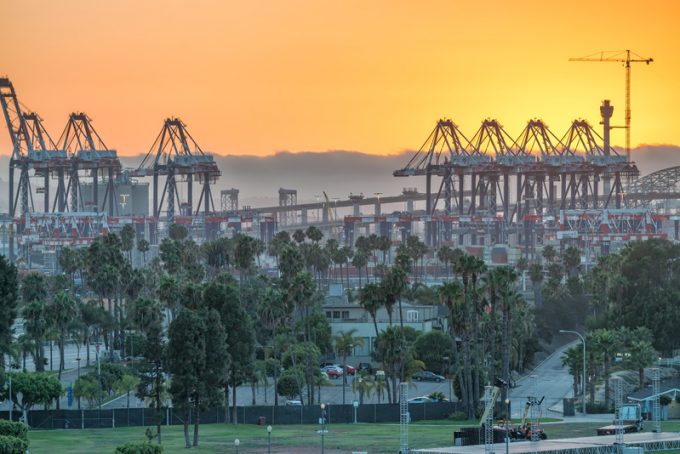China-to-N Europe spot rates start to fall as record peak demand eases
2M Alliance members Maersk and MSC have reduced port calls in Europe on upcoming sailings ...

The port of Long Beach is still in crisis mode: yesterday, there were 74 containerships anchored in San Pedro Bay waiting for berth space at LB or Los Angeles, down from a high of 80 last weekend.
According to the LB port authority, this pile-up translates into more than half a million containers on the water – and there close to 150,000 boxes at the port, with a similar number at neighbouring LA.
But, yesterday Long Beach announced a new initiative to ...
Amazon pushes into LTL for small package fulfilment and UPS does a u-turn
New senior management for DSV as it readies for DB Schenker takeover
Volumes set to 'fall off a cliff' as US firms hit the brakes on sourcing and bookings
Asian exporters scramble for ships and boxes to beat 90-day tariff pause
Temporary tariff relief brings on early transpacific peak season
'Tariff madness' will prompt renegotiation of ocean shipping contracts
Forwarders 'allowing the fox into the chicken run' by supporting 'hungry' carriers
Response to tariffs by Chinese importers may see extra costs for US shippers

Comment on this article